The Northwest Coast culture area stretches along the Pacific coast between the Cascade Mountains and the ocean. It extends north of California to Alaska. This is an area which is the home to many Indian nations who traditionally based their economy on the use of sea coast and river ecological resources. The Northwest Coast culture area stretches from the Tlingit homelands in Alaska to the Tolowa homelands in northern California.
In his book Northwest Coast Indian Painting: House Fronts and Interior Screens, Edward Malin writes:
“This narrow littoral was a region of immense physical complexity, an oceanic environment clothed in limitless forest covering the rugged and precipitous mountain ranges.”
Edward Malin also describes it this way:
“The region is an immense symphony of churning ocean, occasionally becalmed, but never tranquil, seemingly countless inlets and impregnable fjords, and mountain chains, one following another mantled in a dense forest of red cedar, spruce, and hemlock.”
The Portland Art Museum has a number of Northwest Coast boxes, chest, ladles, and other items on display.
Boxes and Chests
One of the unique items among Northwest Coast Indians are kerfed boxes in which the sides of the box are made by scoring and then bending a single board to form the sides of the box. The single side seam is then carefully fitted and sewn together with spruce root. The bottom of the box is also carefully fitted and sewn to the sides.
These boxes are waterproof and some are used for cooking. The watertight boxes can be filled with water and when hot stones are dropped into the box the water can be brought to a boil. Archaeologists Kenneth Ames and Herbert Maschner, in their book Peoples of the Northwest Coast: Their Archaeology and Prehistory, note:
“The boxes had important advantages over pottery: they stacked more easily, were more transportable and felt less likely to break if dropped.”
 Shown above is Tsimshian tribute chest made in 2012 by David Boxley using red cedar with operculum shells and pigment.
Shown above is Tsimshian tribute chest made in 2012 by David Boxley using red cedar with operculum shells and pigment. 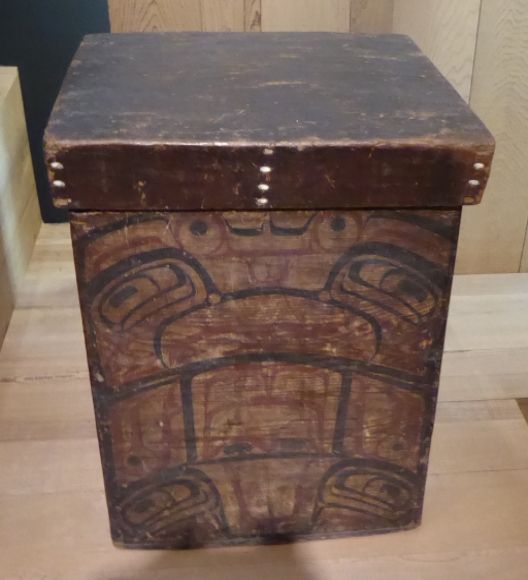 Shown above is a Tlingit bent-corner box made about 1880 using red cedar with operculum shells.
Shown above is a Tlingit bent-corner box made about 1880 using red cedar with operculum shells. 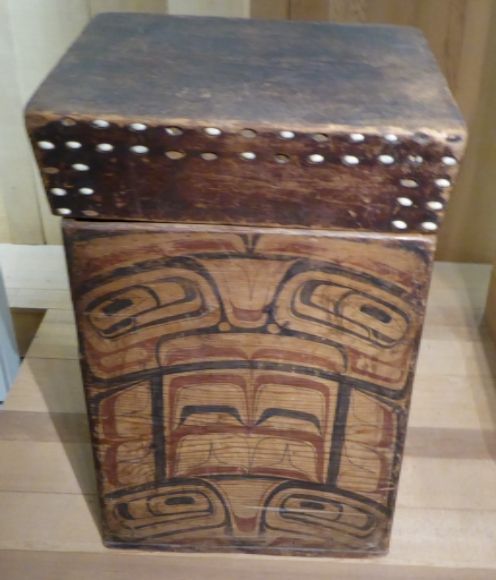 Shown above is a Tlingit bent-corner box made about 1860.
Shown above is a Tlingit bent-corner box made about 1860. 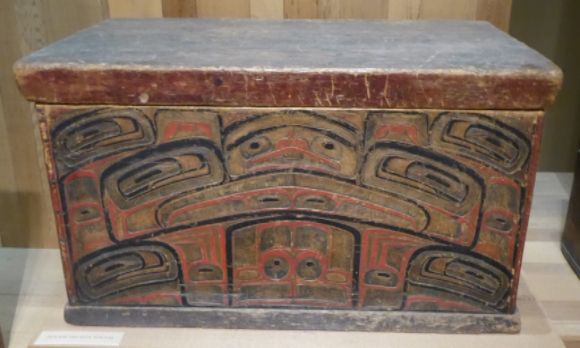
 Shown above is a Heiltsuk chest made about 1870 by Captain Carpenter.
Shown above is a Heiltsuk chest made about 1870 by Captain Carpenter. 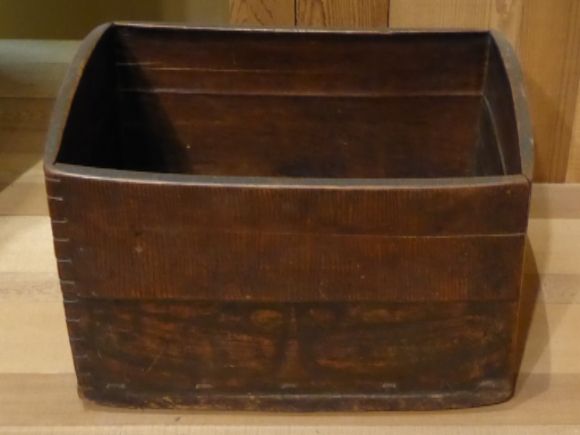 Shown above is a Tlingit food storage box made about 1860.
Shown above is a Tlingit food storage box made about 1860. 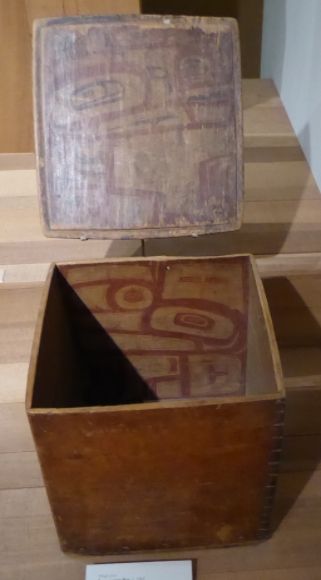 Shown above is a Tlingit bent-corner box made about 1860.
Shown above is a Tlingit bent-corner box made about 1860.
Bowls
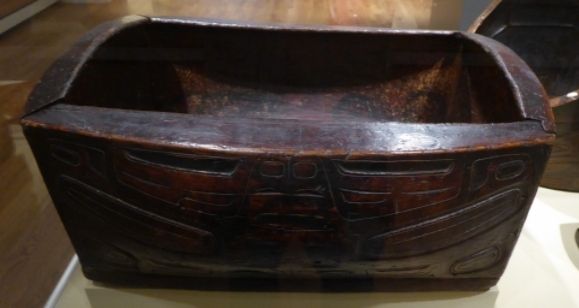
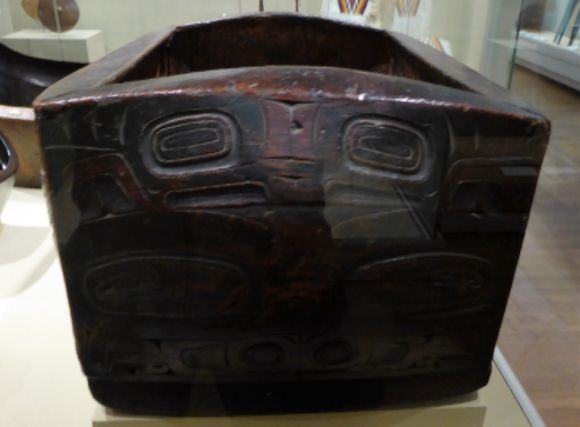
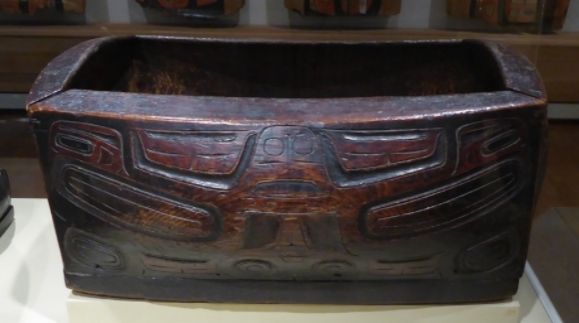 Shown above is a nineteenth-century Tlingit bent-corner bowl.
Shown above is a nineteenth-century Tlingit bent-corner bowl.  Shown above is an 1850 Northwest Coast bowl made out of yew.
Shown above is an 1850 Northwest Coast bowl made out of yew. 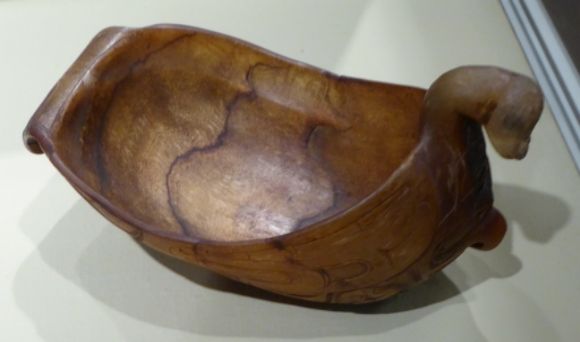 Shown above is a Tlingit dish made about 1830-1850 from mountain sheep horn and abalone shell.
Shown above is a Tlingit dish made about 1830-1850 from mountain sheep horn and abalone shell.
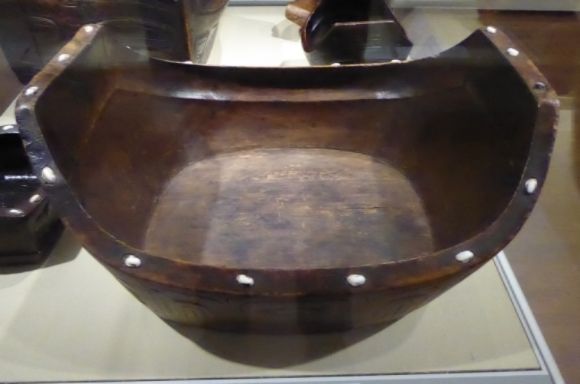 Shown above is a Tlingit dish made about 1830-1850 from mountain sheep horn and abalone shell.
Shown above is a Tlingit dish made about 1830-1850 from mountain sheep horn and abalone shell.
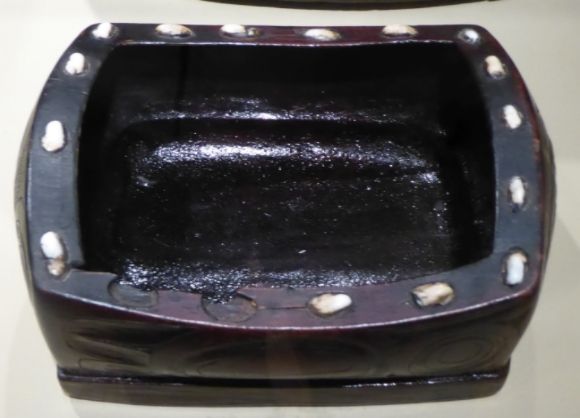 Shown above is a nineteenth-century Haida bowl decorated with operculum shells.
Shown above is a nineteenth-century Haida bowl decorated with operculum shells.
Ladles
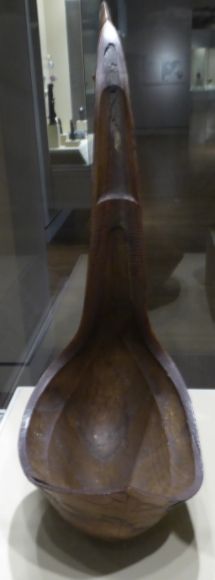 Shown above is a Tlingit ladle made from mountain sheep horn about 1850.
Shown above is a Tlingit ladle made from mountain sheep horn about 1850.  Shown above is a nineteenth-century Tlingit ladle made from mountain sheep horn and decorated with abalone shell and copper rivets.
Shown above is a nineteenth-century Tlingit ladle made from mountain sheep horn and decorated with abalone shell and copper rivets. 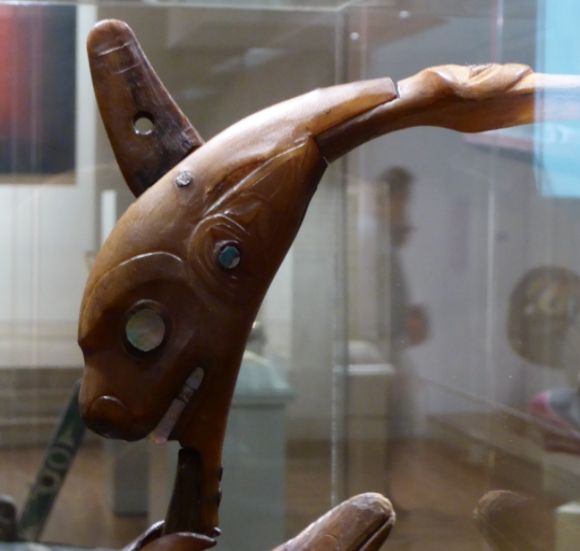 Shown above is some of the detail of the nineteenth-century Tlingit ladle.
Shown above is some of the detail of the nineteenth-century Tlingit ladle. 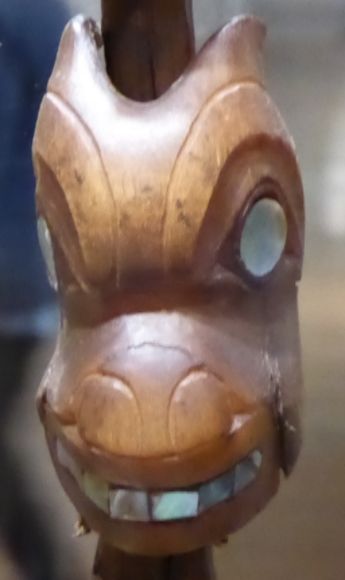 Shown above is some of the detail of the nineteenth-century Tlingit ladle.
Shown above is some of the detail of the nineteenth-century Tlingit ladle.  Shown above is a Tlingit ladle made from mountain sheep horn before 1864.
Shown above is a Tlingit ladle made from mountain sheep horn before 1864.
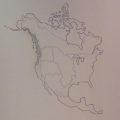
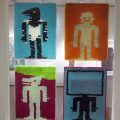
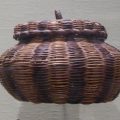
Leave a Reply